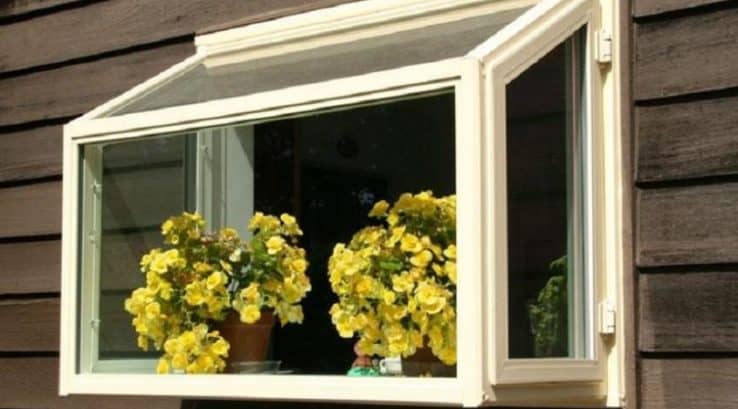This post was a collaboration between Thompson Creek and Anna Suarez, a health advocate passionate about toxins and air quality
Owning a home comes with a seemingly endless supply of projects to complete and things to fix. Amidst all the visible renovations, it is important to prioritize air quality in order to breathe easy. Indoor air can actually contain particles that impact human health, which is why you should follow these tips and feel confident in the air you breathe!
Avoid interaction with potentially harmful chemicals
Potentially hazardous chemicals can be present both in the products used inside a home, as well as in the home’s structure. The Environmental Working Group conducted a study of some common household cleaners and found that 53% of those reviewed contained chemicals that are harmful to lungs. This video shows a simple homemade recipe for cleaning windows.
Additionally, older homes may have been built with materials that are now known to be harmful, such as lead paint or asbestos insulation. Disturbing these materials, whether intentionally or as an unintended result of another home project, can have consequences for your health. Lead is a neurotoxin that causes a multitude of health problems, and inhaling asbestos fibers can lead to a very aggressive form of cancer. Thompson Creek installation professionals are trained to follow the EPA guidelines for safe work around asbestos and lead.
Ensure proper ventilation
Indoor ventilation is another easy way to maintain good air quality. According to growing scientific evidence, indoor air can be much more polluted compared to outdoor air, and with people spending an average of 90% of their time indoors, this can have major health consequences. Specialty HVAC systems bring in fresh air from the outdoors and dilute indoor pollutants. However, natural ventilation, such as opening the windows, may be a good supplement. This is especially true when working on projects in the home like painting or construction, that release high volumes of particles into the air at once. If your windows do not open easily due to aging or wood deterioration, it may be time to consider vinyl replacement windows for ease of use.
Introduce plants
Another natural solution to improve air quality is to rely on plants to absorb toxins from the air. Certain plants have been shown to have this capability, and can remove chemicals like formaldehyde, benzene, and ammonia. This includes plants such as aloe vera, spider plants, mums, and boston ferns, to name a few. But the specific chemicals that are absorbed depend on the variety of plant, use this list to get started. Keep in mind that too much of a good thing can be a bad thing, so distribute plants throughout the home instead of concentrating them in a specific area since the excess moisture may have adverse affects.
Address moisture areas
Mold is a common threat to indoor air quality. Removing mold can be a chore, and must be done with proper equipment in order to avoid inhaling any spores. However, there are steps homeowners can take in order to prevent the growth of this environmental contaminant.
Start by noting areas in the house where there is poor circulation. Condensation on windows is an indicator that the insulation gas between the glass panels has escaped. This impacts not only potential mold growth inside, but also lowers the energy efficiency since the chamber between the glass panes holds an innate gas which serves as a thermal barrier.
Homeowners can certainly be kept busy maintaining their properties, and this includes protecting air quality. Staying aware and addressing these risks helps residents support their health for years to come.


